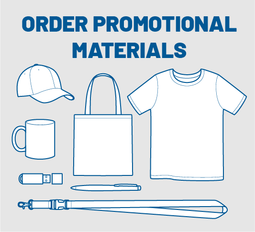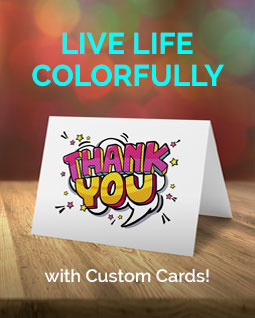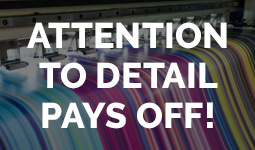More Print Tips
- • Maximum Impact: Is it Best to Send a Postcard or a Letter?
- • Drive Rapid Response to Your Direct Mail: 10 Pro Tips
- • The Usefulness and Utility of Print Marketing
- • Boost Sales with Brochures
- • 5 Opacity Tips You Should Know
- • The Window to Marketing
- • Profitable Postcard Marketing: Finding the Right Frequency
- • 3 Fundamentals for Nailing Your Direct Mail Marketing
- • Picking the Perfect Paper
Picking the Perfect Paper

You've created the perfect design for that brochure, newsletter, postcard, or getting-the-band-back-together-because-we're-on-a-mission-from-God announcement. Great. Now, it's time to select the right paper to complete the package. Paper selection is a very important element in printed projects; it affects both the cost and visual appeal of the piece you're creating.
In addition to choosing a specific weight, opacity, and brightness, the finish of your paper plays a big role in the overall appearance and feel of your printed product. Here's a quick rundown of common finishes and how each effect is achieved:
- A smooth finish results from paper passing through sets of rollers during the papermaking process.
- Bond paper is a relatively high-grade paper stock with a rag content ranging from 25 percent to 100 percent.
- Vellum has a subtle roughness.
- An embossed finish provides a molded appearance on the paper's surface.
- A linen finish resembles linen cloth. (Imagine that.)
- Cockle is a texture similar to homemade paper.
- Metallic paper is coated with a thin film containing metal or plastic whose color and gloss simulate metal.
- Coated paper has a coating applied to give the sheet a better appearance.
- Cast coated results in an exceptionally glossy coated finish, usually only on one side.
Now that you know a bit about finishes, let's use that knowledge to help you pick the perfect paper for your project. (Try saying that five times fast.) These selections are sure to please, no matter how divine or ordinary your mission may be..
| Paper Type | Characteristics | Finish | Type of Project |
|---|---|---|---|
| Bond | Comes in a range of pastels, neutrals, matching envelopes, and matching cover weights | Smooth, cockle | Fliers (like that mission-critical announcement), forms, copies |
| Writing paper | Comes in a range of colors and flocking options that match envelopes, plus cover and text weights | Smooth, linen, vellum, cockle, etc. | Stationery |
| Uncoated book | Comes in a range of colors and is thicker and more opaque than bond or writing papers | Smooth | Direct mail, newsletters, catalogs |
| Text | Comes in a range of colors and flocking options that match envelopes, plus cover and text weights | Smooth, linen, vellum, cockle, etc. | Letterhead, annual reports, brochures |
| Coated book | Matching cover weights limited to cream and white, although specialty lines exist in a range of colors | Dull, gloss, matte, cast-coated | Magazines, catalogs, direct mail |
| Cover | Heavier and more durable counter-part to coordinate with text, book, and writing papers | Smooth, linen, vellum, gloss, matte | Business cards, report covers, brochures, tickets, postcards, pocket folders, greeting cards |
| Index/Bristol | Comes in a range of colors and finishes | Coated, vellum, smooth | Postcards, file folders, tickets |
| Translucent vellum | Semitransparent stock comes in a range of colors and weights plus matching envelopes | Smooth, grooved | See through envelopes and overlays |
| Newsprint | Inexpensive, light-weight, white/manila only | Vellum | Newspapers, tabloids |
| Label | Comes in gummed, pressure sensitive, and self-adhesive backing and in a range of colors | Smooth (uncoated), matte, glossy, cast coated | Labels, stickers |


Forms Folds Sizes:
All the Details Graphic Designers Need to Know But Can Never Find
by Poppy Evans
Forms, Folds & Sizes is the book that is always next to a designer's computer. Completely practical with only the most needed information, this book will provide designers with all the little details that can make or break a design such as how much space to leave in the gutter when designing barrel folds, how to layout a template for a box and the ratios of each part, metric conversion charts, standard envelope sizes in the USA, Europe, Canada and Asia, etc.



Share this